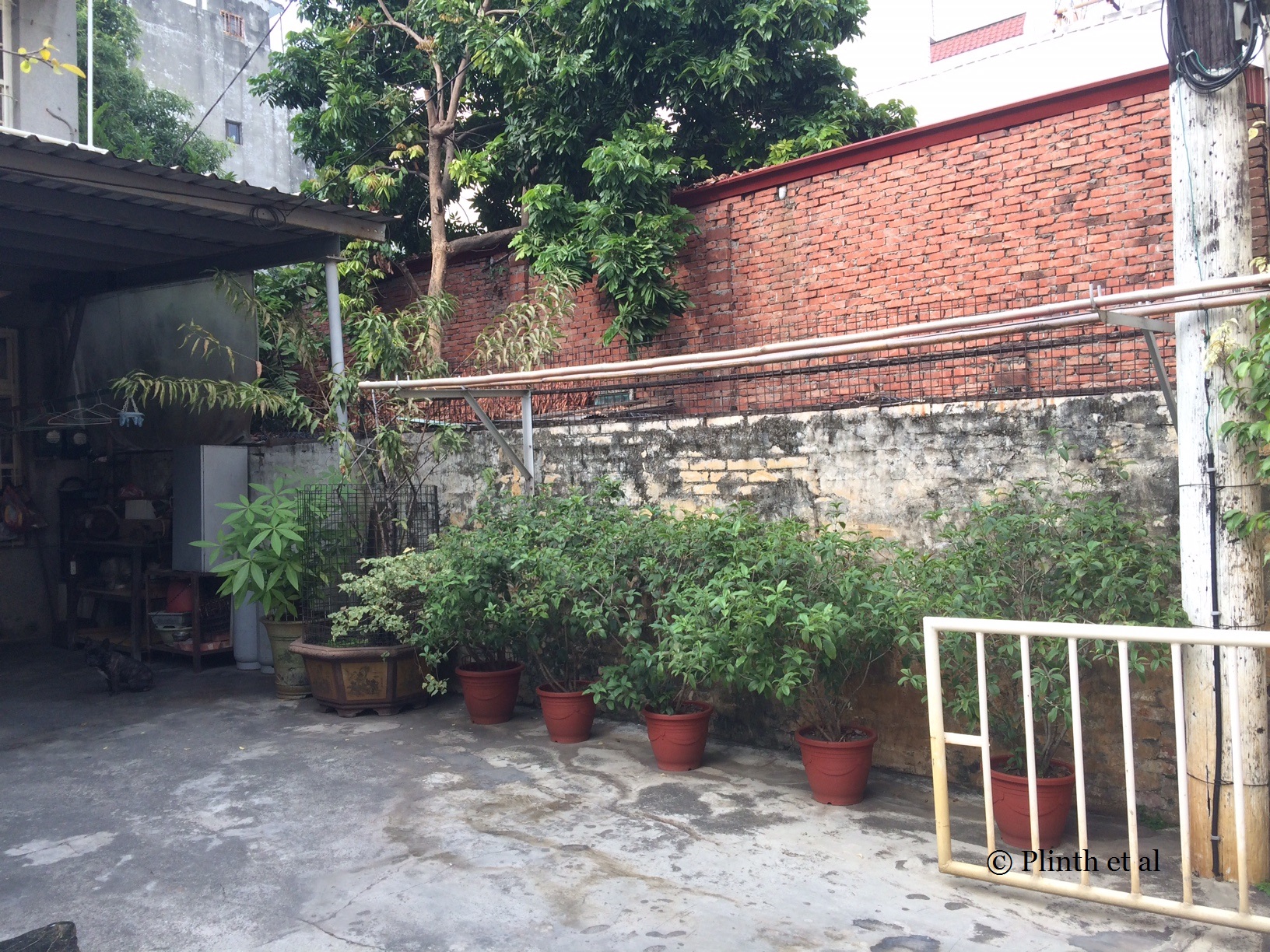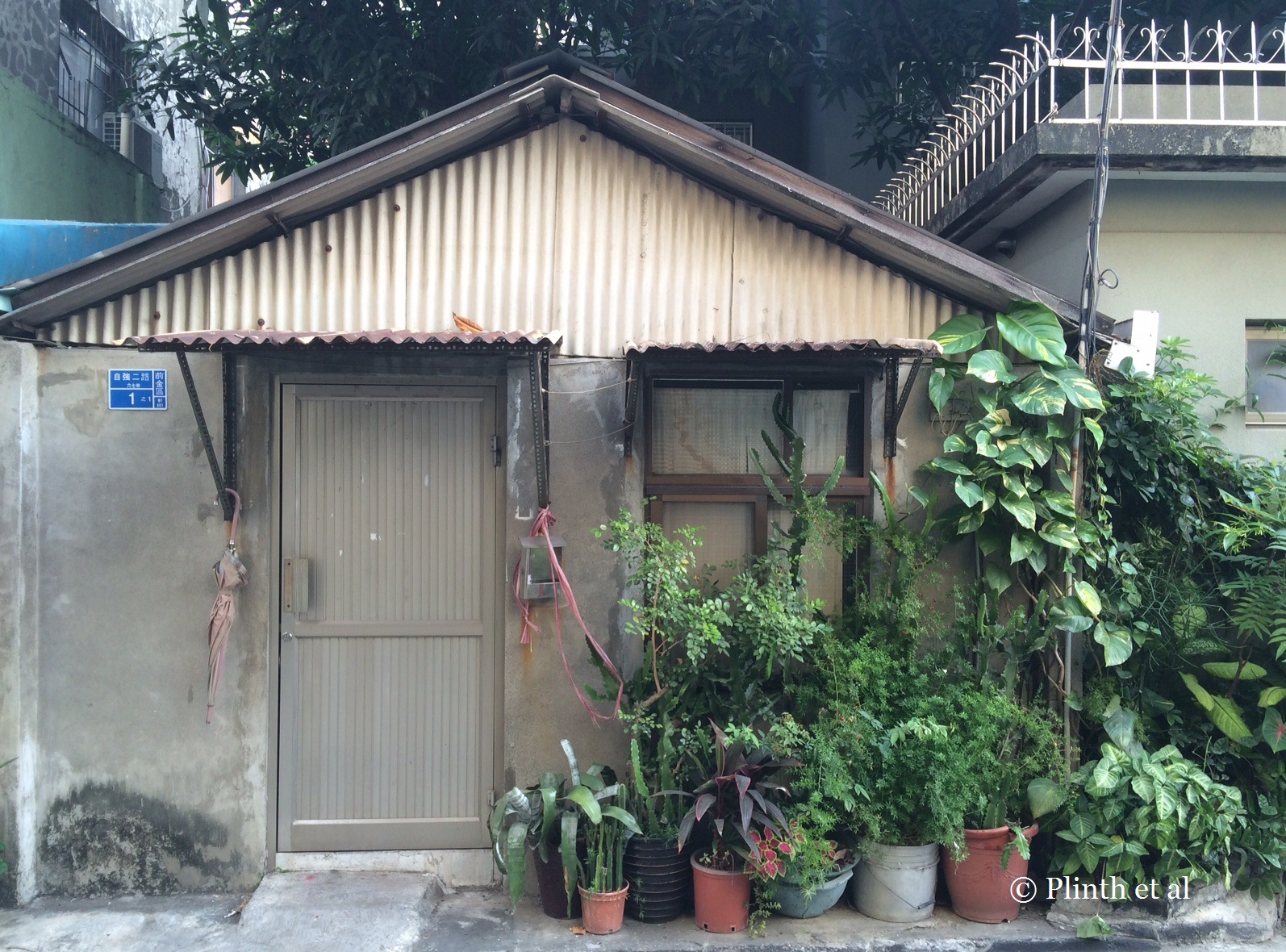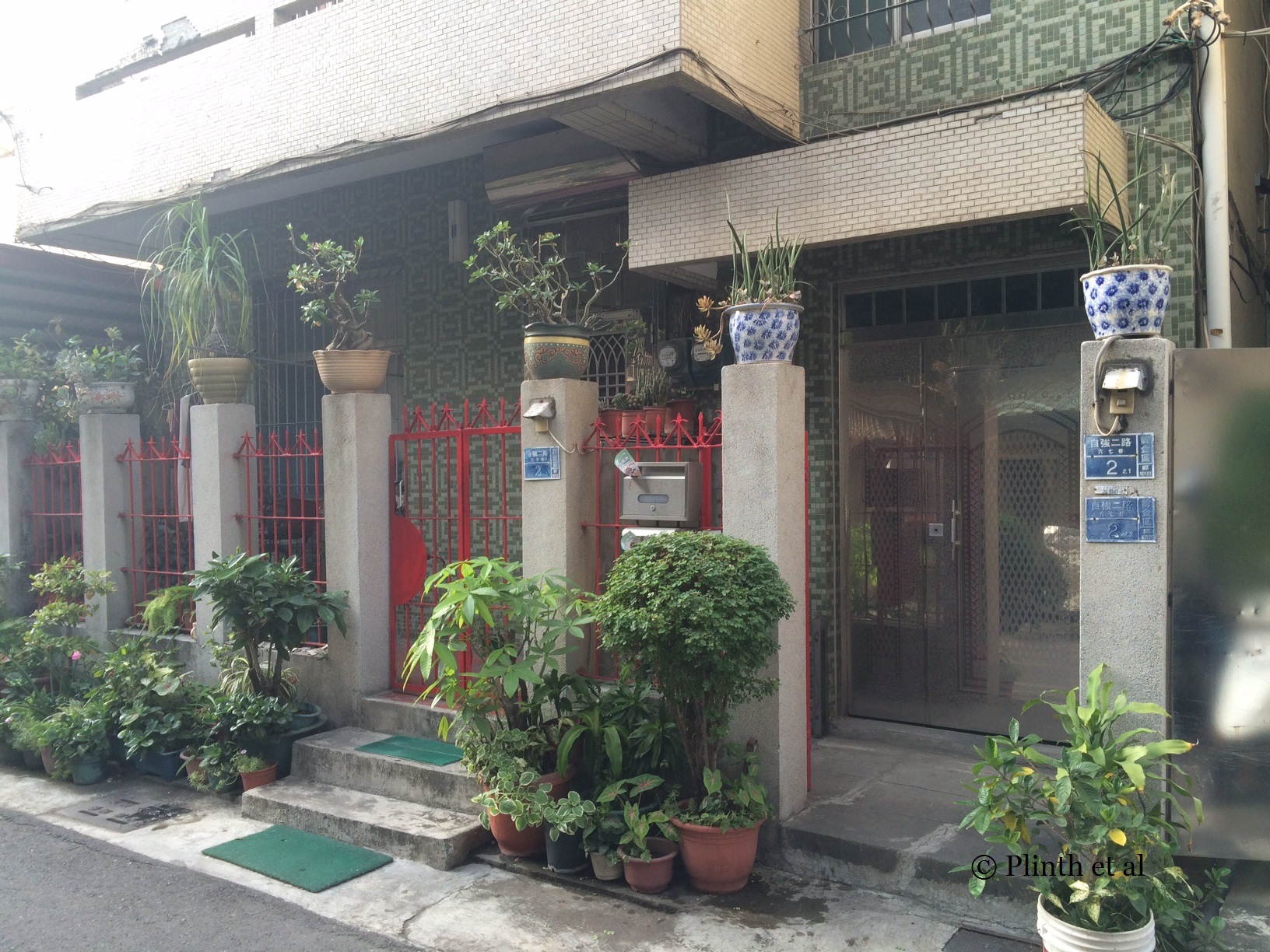Terraces of Taiwan Part 1
With a population density of 662 per km2, Taiwan (台灣) is the 16th most densely populated country in the world, with Taipei City (excluding New Taipei City) and Kaohsiung boasting approximately 2.6 and 2.7 million people each. Much of Taiwan's mountainous interior is inhabitable, leaving the general population to reside in coastal plains and river basins. Space in urban areas is premium, and residences can be 3 to 5 stories tall if you discount the high rise buildings and skyscrapers. There is scarcely any space for gardening, although parks and public spaces are not short of greenery. I have watched Taiwan rapidly modernize in the last 20 years - once people took 1-hour domestic flights from Taoyuan or Songshan Airports to Kaohsiung or the 5-hour train journey back and forth, today the high speed trains have largely replaced these transportation modes and cut the time incredulously to 1 1/2 hour. Efficient clean subway systems now run in Taipei and Kaohsiung. Imported goods from Japan and Europe vie for attention with Taiwanese products in elegant department stores, Taiwan's consumerist temples. And a strong cafe culture, abetted by the Taiwanese's overseas experiences, have emerged - having afternoon tea and coffee, and sweet pastries has become a popular routine.
The Taiwanese appetite for technology and food certainly has not gone un-whetted nor has their affinity for gardening and nature gone unbidden. In the garden courtyard of former tobacco factory-converted art galleries, the cool winter air was scented with large flowering shrubs of Osmanthus fragrans. It is rare to find a balcony or terrace empty, not decorated with plants. Some of the plants are familiar houseplants in northern climates that flourish outside in the subtropical climate of Taipei and Kaohsiung. ~Eric
In the courtyard of this dwelling, the owner had placed five pots of Osmanthus fragrans (桂花, guìhuā) because their scented flowers would be a pleasant olfactory welcome for visitors. Hanging above the potted plants are two poles either used for hanging laundry or baskets of plants. One may ask why plants with showier flowers or foliage were not used in lieu of Osmanthus, but subtlety is sometimes valued more in East Asian cultures than Western ones.
Here a Cyathea holding well, despite in need of roomier quarters, softens the brutal concrete pillar of this three story residence in Kaohsiung. The golden pothos (Epipremnum aureum) flow around the fern, spreading the greenery on the ground. With its large fronds, the solitary Cyathea creates a strong focal point without overwhelming the pillar, demonstrating that significant impact can be made from one architectural plant rather than several grouped together.
On the other hand, plants are grouped together to create a continuous green tapestry, concealing stained concrete walls and eyesores and humanizing the wear and tear of a house. Here in Taipei, this humble dwelling has bromeliads, cactus and succulents, and random houseplants in assorted containers with no conceivable order. An Epipremnum aureum has been permitted to clamber up on a post right of the house. Cover the greenery with your hand, and the house looks rather humdrum. Seeing plants in these urban environments can be therapeutic not only for the homeowners, but also pedestrians who walk through the neighborhood.
Going up instead of down can be a creative solution to tight spaces - here each plinth either has a pot of Adenium obseum (between the front red gate), Beaucarnea recurvata (ponytail palm) (second from the left), or Sansevieria (blue and white pots). More plants, including a Breynia distchia (the clipped dome) and caladiums, are spread across the terrace. Both homeowners managed to present an attractive entrance replete with plants, and red is an auspicious color in Chinese culture.
Begonias, bougainvillea, and orchids occupy every inch of this terrace no wider than 3' - it's amusing to catch the sight of a laundered shirt or pants drying in the sun. A wooden sign below pleads with the public not to touch or steal the plants.
In a busy Taipei laneway full of retail stores and restaurants, the second floor terrace can be barely made out as the vegetation escapes from the grille into the open air and light. An unidentified succulent dangles at irregular intervals across the edge of both storefronts.












